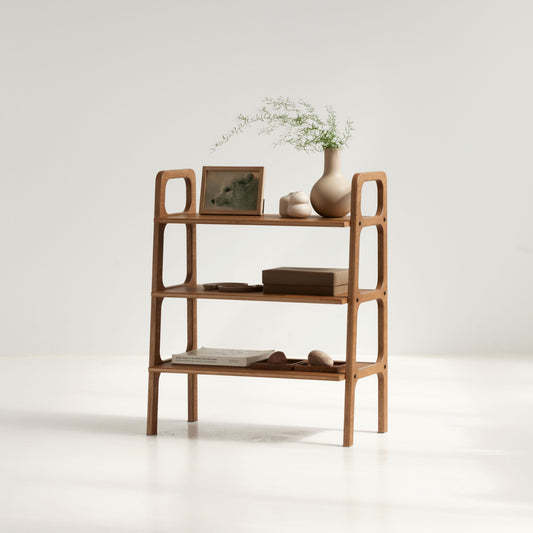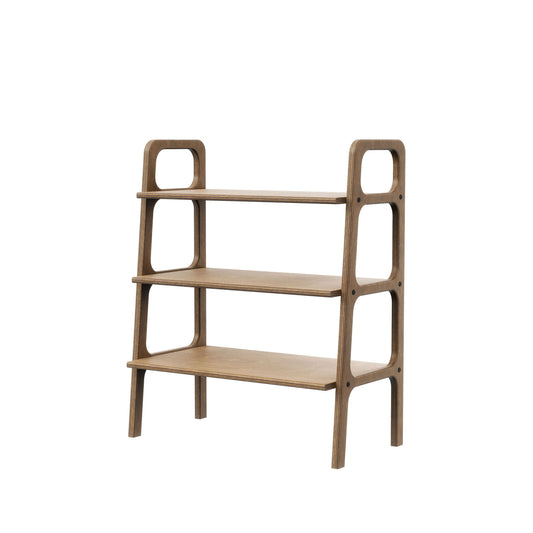TOP 5 mid century modern desks
The age of working remotely is in full swing, and arranging your home office has probably never been as important as it is now. That is why this time we would like to give you a subjective list of interesting designs of mid-century desks. How did the projects evolve? What did the designers of the time do? Do all vintage desks impress with their sophisticated design? Here are five desks designed in the mid century style.

mid century desk
With drawers, with shelves, on wooden and steel legs - designers creating office furniture in the second half of the twentieth century tried to combine an effective look with ergonomics and functionality. Although vintage style is associated primarily with "light", sophisticated furniture, not all mid-century desks fit into this aesthetics. Which only shows that this is a much broader and more diverse concept than you might think. So below is a list of five mid-century desk designs that we found interesting.
George Nelson - Swag-Leg Desk
George Nelson - Swag-Leg Desk
This beautiful mid-century desk with an extremely sophisticated design was designed by the American designer in 1954. Nelson decided to combine narrow steel legs with dark brown wooden spacers. The desk was also equipped with drawers with plastic inserts. What is most recognizable are definitely steel legs - in many collections of furniture designed today, this characteristic element of Swag-Leg Desk is used.
Vittorio Dassi - mid-century desk with five drawers
Vittorio Dassi - mid-century desk with five drawers
This time we are dealing with a slightly less sophisticated piece of furniture than the previously presented desk. The Dassi project was created in the early 1960s. The fronts of five drawers in a beautiful brown shade, finished to a high gloss attract the most attention. An interesting move of the Italian designer was placing the glass pane on the top of the countertop. The entire desk design rests on narrow, pointed legs. Thanks to them, the desk gains lightness and a more sophisticated character.
Jacques Hitier - wooden desk with shelf

Jacques Hitier - wooden desk with shelf
In 1950, the French designer created a narrow desk that worked great in small offices. The desk top combined with the lockable shelf was made of wood in a stylish, light brown color with lighter reflections. The narrow steel frame not only works perfectly with the wooden part of the furniture, but also balances the rather massive table top.
Herbert Hirche - "Top Series" desk
Herbert Hirche - "Top Series" desk
The German architect created his mid-century desk design in 1967. The piece was made of a delightful, exotic rosewood. The desk top rests on two steel legs that diverge at the base. It seems that this time the designer’s goal was to combine a beautiful finish with functionality and ergonomics - after all, four drawers and shelves under the desk top are available to the user. A beautiful and characteristic piece of furniture!
Nanna Ditzel - mid-century teak desk
Nanna Ditzel - mid-century teak desk
This sophisticated piece of furniture designed by the Danish designer was created in the 1960s. Ditzel used teak wood to create a rectangular top with shallow drawers. The upper part of the furniture rests on narrow legs in a slightly darker color. The desk looks really good, and the "economical" design and table top with sharp edges inspire designers of office furniture to this day.
Frisk desks - contemporary mid-century desks 
Frisk desks
Wooden desks that we design as part of the Frisk system are inspired by vintage aesthetics. However, we have created them for the modern recipient who prefers light, delicate forms as well as maximum comfort and ergonomics. Therefore, we designed three models of desks that differ in functionality - a wooden desk without storage space, a desk with drawers and a bookcase desk with a shelf located above
Thanks to this, every user can find a mid century modern desk that will suit his needs and style of work in the home office or office. Frisk desks can be combined with other elements of the Frisk system, e.g. bookcases, but this is not necessary, desks can be used as independent furniture








